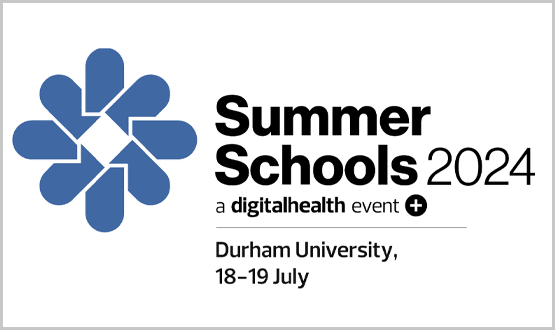Intel opens Visual Computing Research Centre
- 17 June 2009
Intel Corporation is to invest €8.6m ($12m) in a new Visual Computing research centre that will explore advanced graphics and visual computing technologies.
Opened this week, the Visual Computing Institute is located at Saarland University in Saarbrücken, Germany.
Applications to be developed include medical imaging, games and interactive 3-D data models used in areas such as scientific research and financial services.
The lab’s innovations will help make future entertainment, productivity and the internet experience more intuitive and immersive. The investment, to be made over the next 5 years, represents Intel’s largest European university collaboration.
The lab will conduct basic and applied research in realistic, interactive computer graphics and natural user interfaces. By the end of 2009, the centre will employ a dozen researchers from sources including Intel, Saarland University, Max Planck Institute for Informatics, Max Planck Institute for Software Systems and the German Research Center for Artificial Intelligence.
Intel describes visual computing as the analysis, enhancement and display of visual information to create life-like, real-time experiences and more natural ways for people to interact with computers and other devices.
A key mission of the latest member of Intel Labs Europe is to contribute to the company’s tera-scale research program, which explores how multiple computing cores will be used to produce higher-performance computing and more life-like graphics.
"Intel has collaborated with the world-class researchers at Saarland University in visual computing for a number of years," said Justin Rattner, Intel senior fellow and chief technology officer.
"Given the growing importance of visual computing technology, it made perfect sense to expand our relationship and form this new institute. We are confident that it will become an internationally recognized center and a driver for European leadership in the visual computing field."
One of the new lab’s charters is to actively solicit other academic and industry partners to join the research activities over time. The number of research professionals employed is expected to grow by more than five times over the next 5 years and include collaborators from across Europe.
The Intel Visual Computing Institute will deliver more compelling visual computing applications through the development of new software designs and architectures, visual computing algorithms and parallel computing solutions.
The institute will establish a feedback loop to Intel’s hardware design labs – including in Barcelona, Spain and Braunschweig, Germany – contributing to future visual computing hardware design. Current research contributions are expected to yield new software tools and hardware insights within just a few years.
Link
www.intel.com/pressroom/kits/vci




